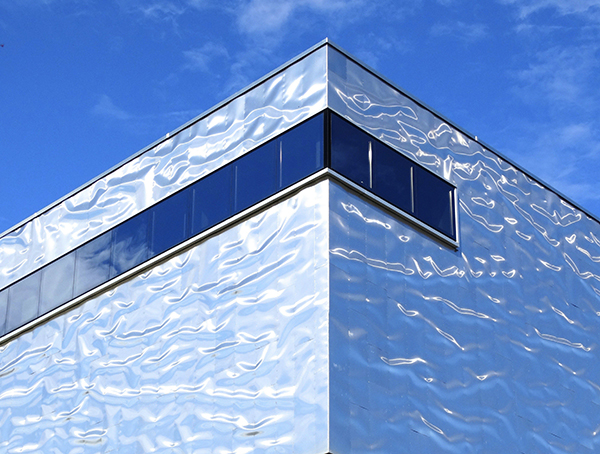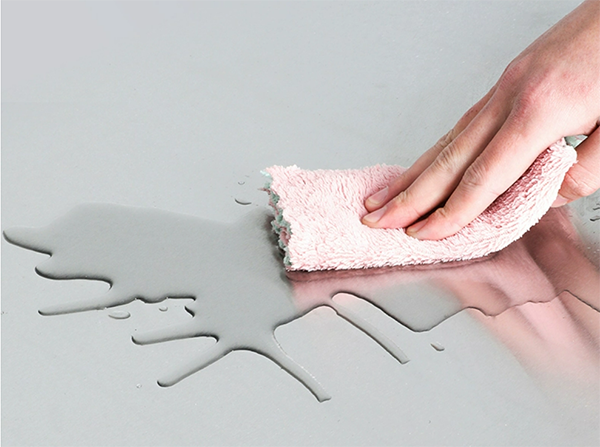Causes And Prevention Methods Of Deformation For Stainless Steel Sheets
Causes And Prevention Methods Of Deformation For Stainless Steel Sheets Causes of deformation for stainless steel sheets Processing condition issues: Stainless steel sheets generally require bending, shearing, stamping, welding and other operations. It is very important to master the processing conditions in these operations. Some improper operations may cause deformation of stainless steel sheets, such as improper pressure settings, irregular operations, etc. Material properties issues: The properties of stainless steel determine its ability to respond to forces, and its sensitivity to external forces also determines its tendency to deform. Stainless steel sheets, made of different materials, have different thickness, hardness, elongation and other properties. Choosing inappropriate materials can easily lead to deformation. Unreasonable design problem: The design of stainless steel sheets before use is very important. Poor design can easily cause sheets deformation. Unreasonable design includes factors such as insufficient thickness, improper geometric dimensions, and unreasonable structural design.






